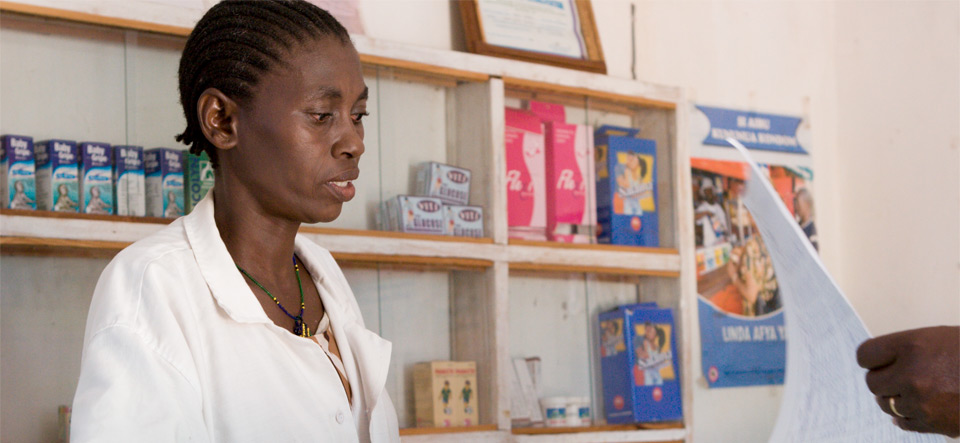A routinely implemented monitoring strategy can assure that the quality of the drug seller initiative is maintained and that problems are quickly identified and targeted for action. A small number of feasibly measured indicators and the use of sentinel sites can help simplify an ongoing monitoring plan.
Supervision and mentoring, distinct from monitoring and inspection, are complex, time-consuming, and expensive, and pose challenges due to the lack of infrastructure for providing supervisory support. However, supportive supervision is another important aspect to maintaining service quality. Using local health team members or peer-to-peer supervision through provider associations are options to consider for developing a supervision strategy.

| Implementation Activities | Tools/Resources | |
|---|---|---|
|
||
|
Designed and conducted pharmaceutical register analysis to monitor dispensing activities at ADDO shops, which included data from September 2003 to June 2004. The assessment provided evidence of how the ADDO shops were doing in treating of illnesses of major public health concern.
TFDA assessed the ADDO regulatory activities in Ruvuma.
Carried out supportive supervision visits quarterly using a team of selected supervisors in collaboration with each district’s council health management team; quarterly visits by ward inspectors; inspections by the DDTC biannually and as needed. TFDA receives reports from the districts and conducts periodic audits.

